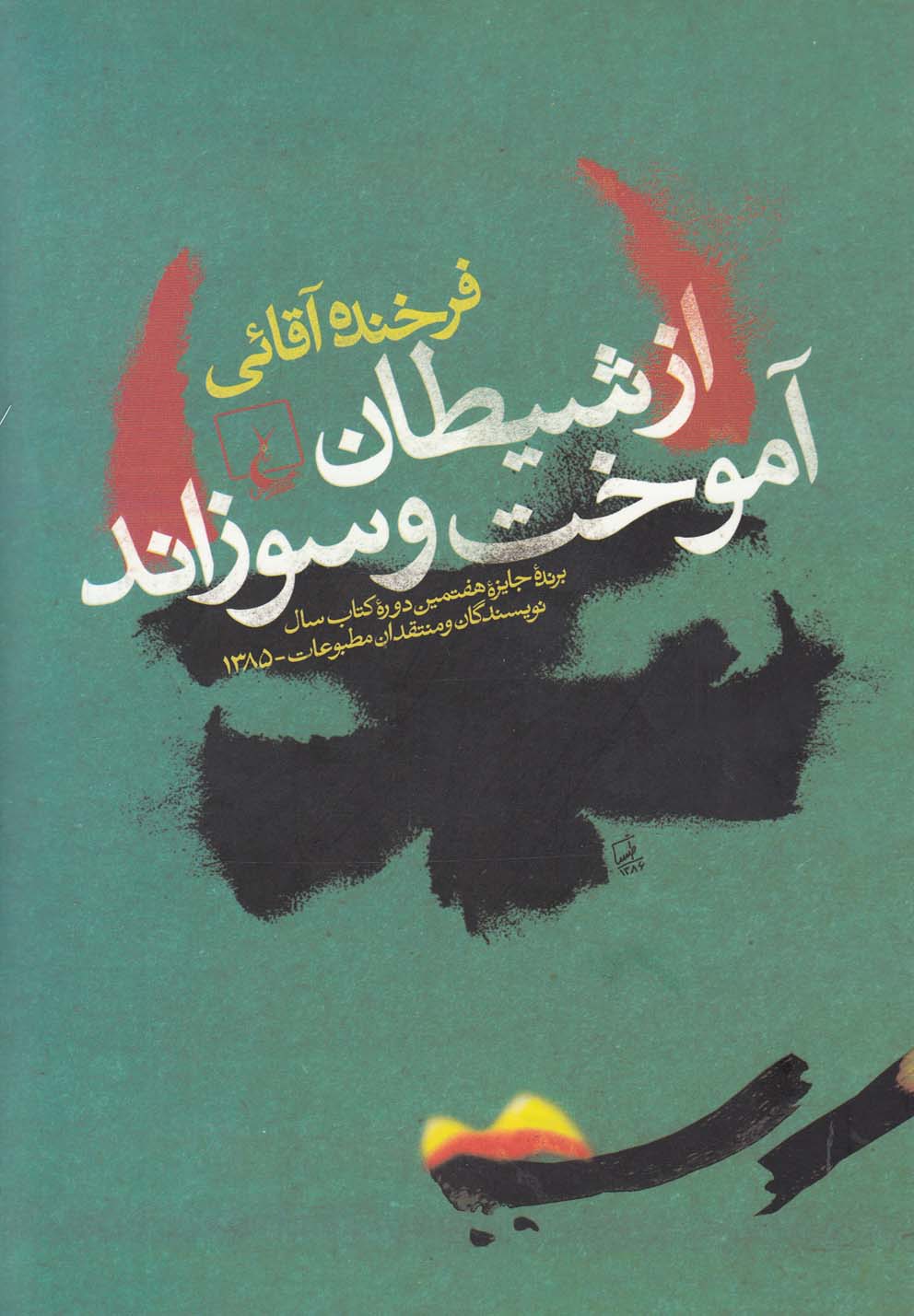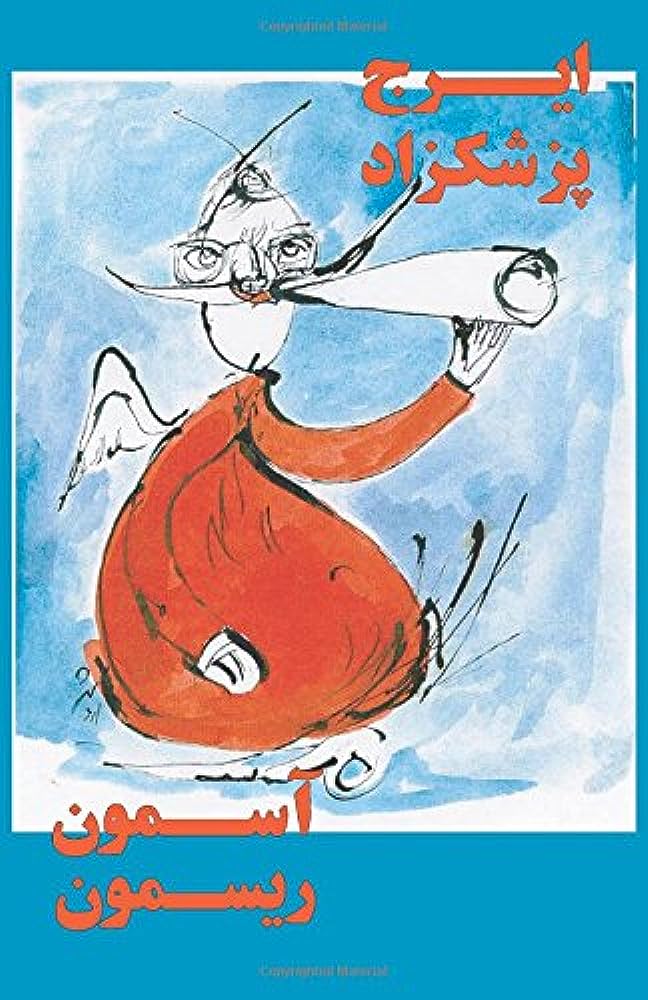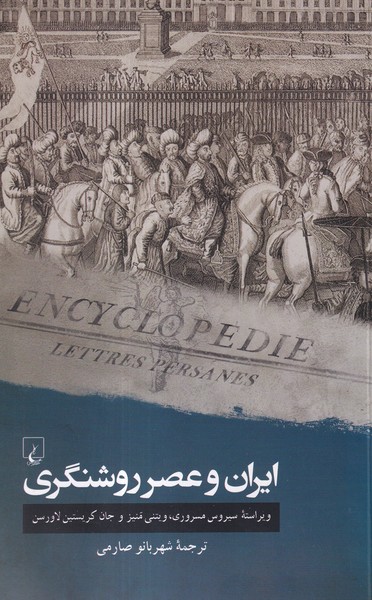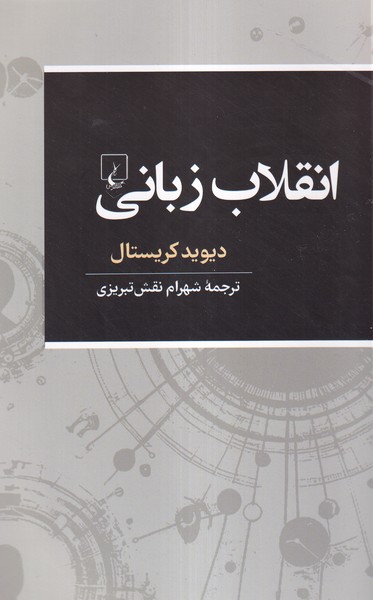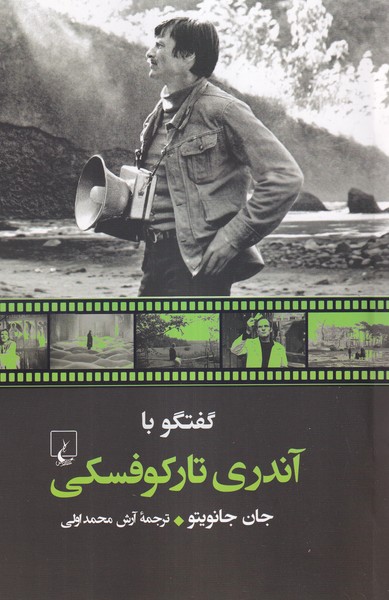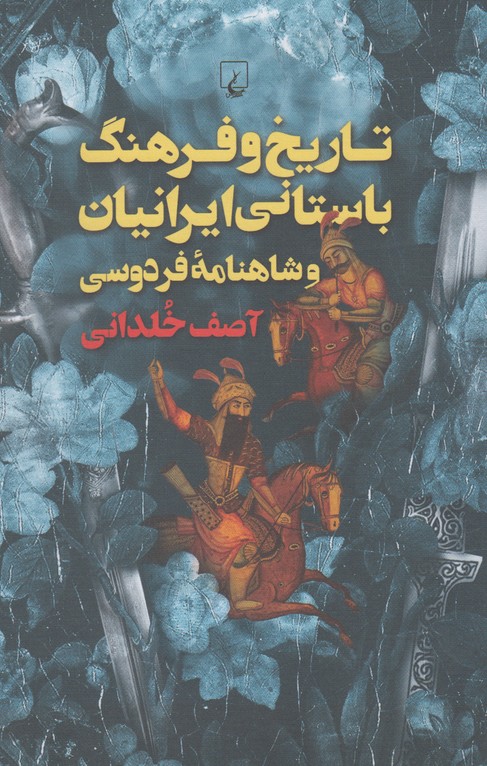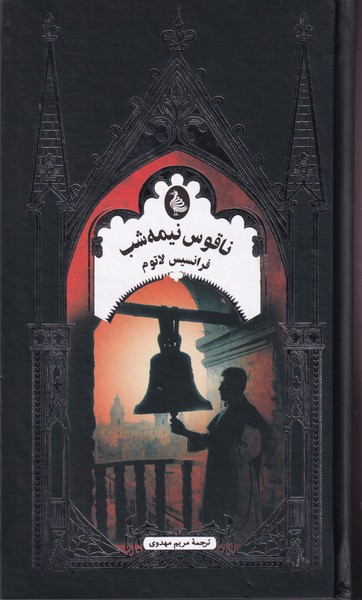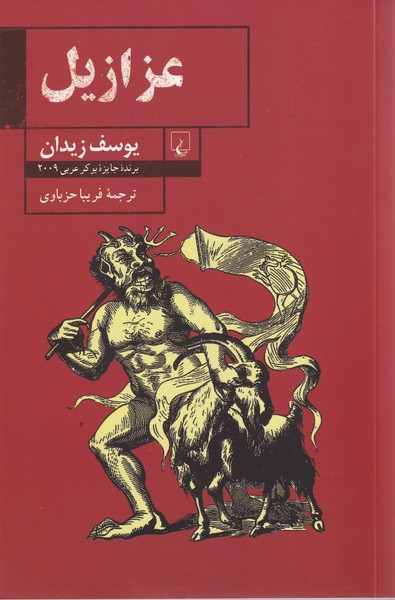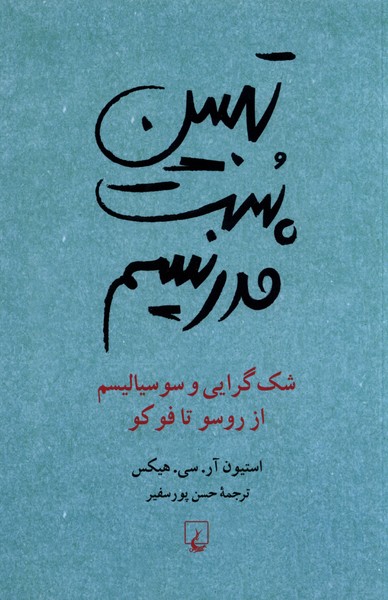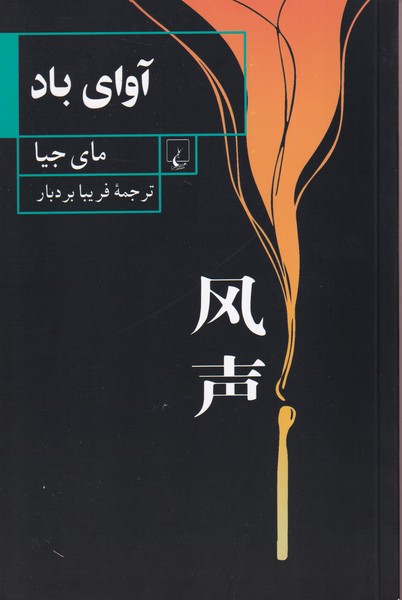Az Shayṭān āmūkht va suzānd: Persian 1398
از شیطان آموخت و سوزاند
21.66 $
Share
Wishlist
Rebellion has different forms and qualities. Sometimes it is so strong and public that like a cry in the silence, it makes everyone notice instantly, and sometimes it is not so strong and strong, but it is there, it exists, it is seen, even though it is slow and gentle. Each rebel has his capacities and according to that capacity, his rebellion manifests itself. Volga, the central character of the novel, is a rebel. Rebellion in its way. He goes according to his upbringing and desire. He does not give in to arbitrary order. It falls many times, it falls, but it does not break, it gets up, maybe the softness and flexibility of femininity are not unaffected by not breaking, bending but standing up again. The author tries to leave the reader's possible bias towards Volga on the responsibility of this character and has no interest in stimulating and signaling the reader. "He learned from the devil and burned" does not need to be analyzed and explained by the theories. Because the author has made a plan that theorists of literature and sociology should refer to. Take examples from it and build new theories based on them.
more
عصیان، شکل ها و کیفیت های مختلفی دارد. گاه آن قدر نیرومند و علنی است که مانند فریادی در سکوت، همه را به آنی متوجه می کند و گاه به این شدت و نیرو نیست، اما هست، وجود دارد، دیده می شود، هر چند کند و ملایم. هر عصیانگر نیز ظرفیت های خاص خود را دارد و بنا به آن ظرفیت، عصیانش نمود پیدا می کند. "ولگا" شخصیت محوری رمان، عصیانگر است. عصیانگری به شیوه خود. او مطابق تربیت و خواسته خود پیش می رود. به نظم نادلخواه تن نمی دهد. بارها می افتد، سقوط می کند، اما نمی شکند، برمی خیزد، شاید نرمی و انعطاف زنانگی در این نشکستن، خم شدن اما دوباره راست شدن بی تأثیر نباشد. نویسنده سعی بر این دارد که جانبداری احتمالی خواننده را از ولگا به عهده خود این شخصیت بگذارد و علاقه ای برای تهییج و علامت دادن به خواننده ندارد. "از شیطان آموخت و سوزاند" احتیاجی به این ندارد تا در انطباقش با تئوری ها، بررسی و تشریح شود. چرا که نویسنده طرحی درانداخته است که تئوریسین های ادبیات و جامعه شناسی باید به آن رجوع کنند. مصداق ها را از آن بگیرند و براساس آن تئوری های نو بنا نهند.
more

